Family Camera: Mystery Missionary
Published
Categories
Blog Post
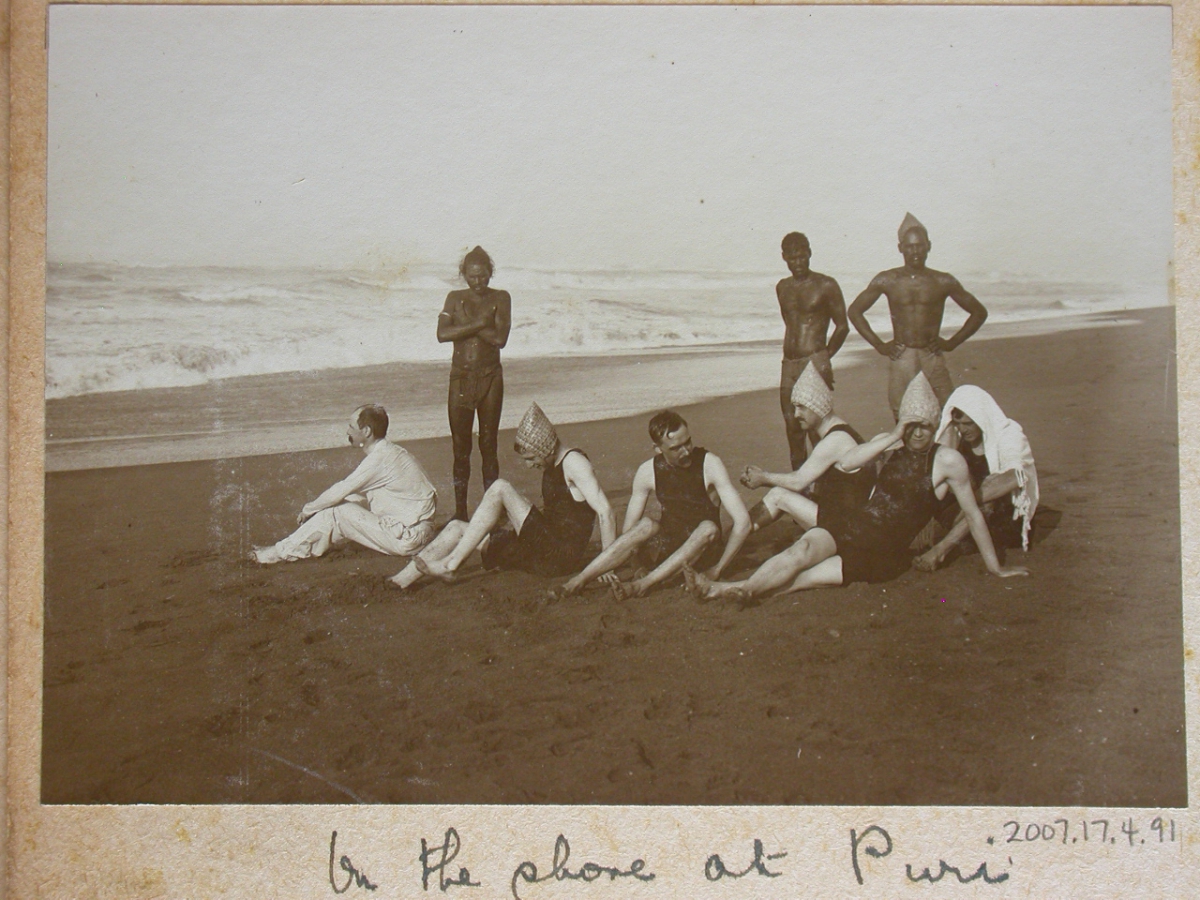
by Aliya Mazari, M.A. student, Photography Preservation and Collections Management, Ryerson University
Many family photos in museum collections have been separated from their family histories, thus falling into the category of “orphaned” photos. Why does this separation happen? Does the original context really matter? These were some of the questions I asked myself as I began my summer internship working on a mystery family photo album in the ROM’s collection.
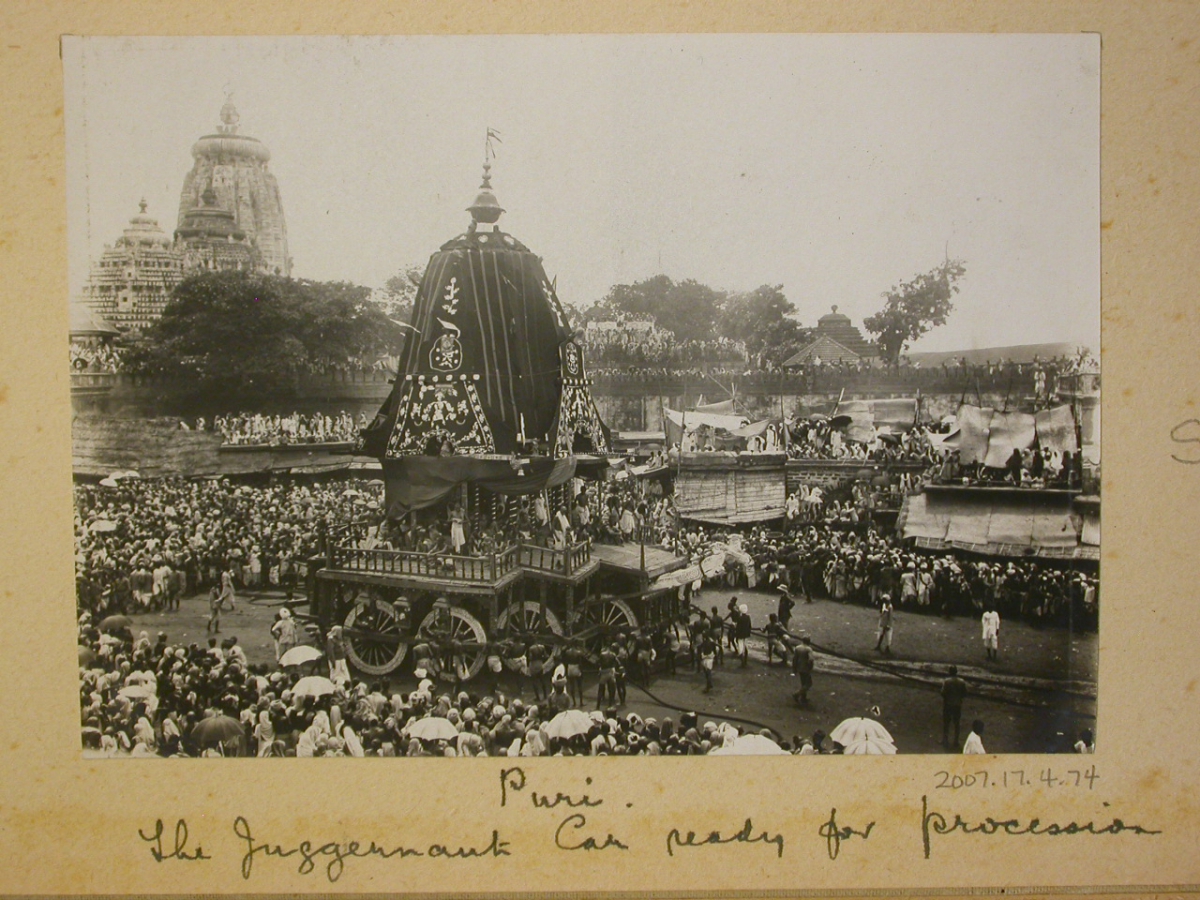
The object in question is a full green leather-bound album with 2-4 photographs attached to each page. There is also a partial second album associated with this set; together they contain 196 gelatin silver prints. Most tend to be landscape and architecture views around India, from Rajasthan, Delhi, and Himachal Pradesh. Among the most numerous are views of the architecture, festivals, and beach at Puri, in the western Indian state of Odisha (formerly called Orissa). There are also posed photos of school children poetically captioned “Three Graces,” reflecting an early 20th-century interest in pictorialist photography. One remarkable image shows a group of Westerners in one-piece tank suits and pointy bathing caps, along with their Indian guides.
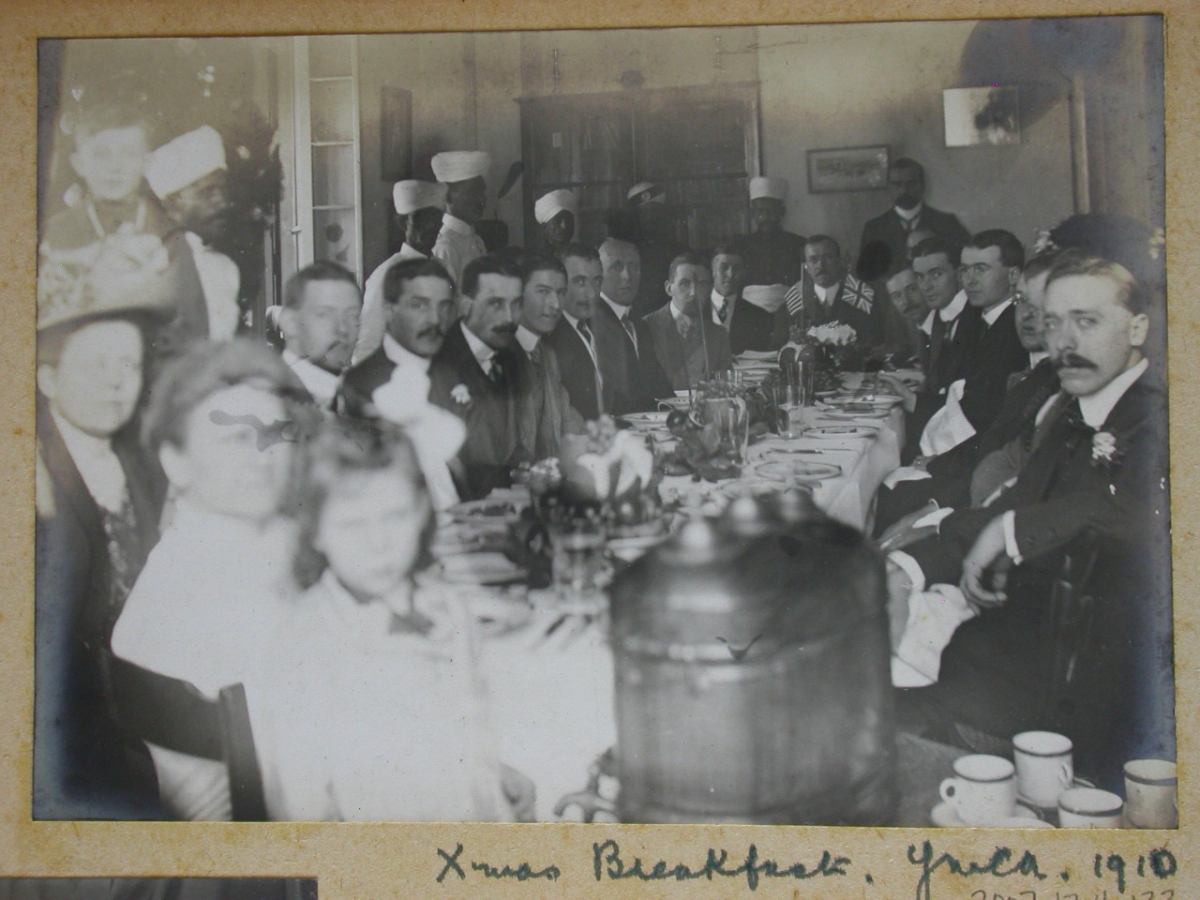
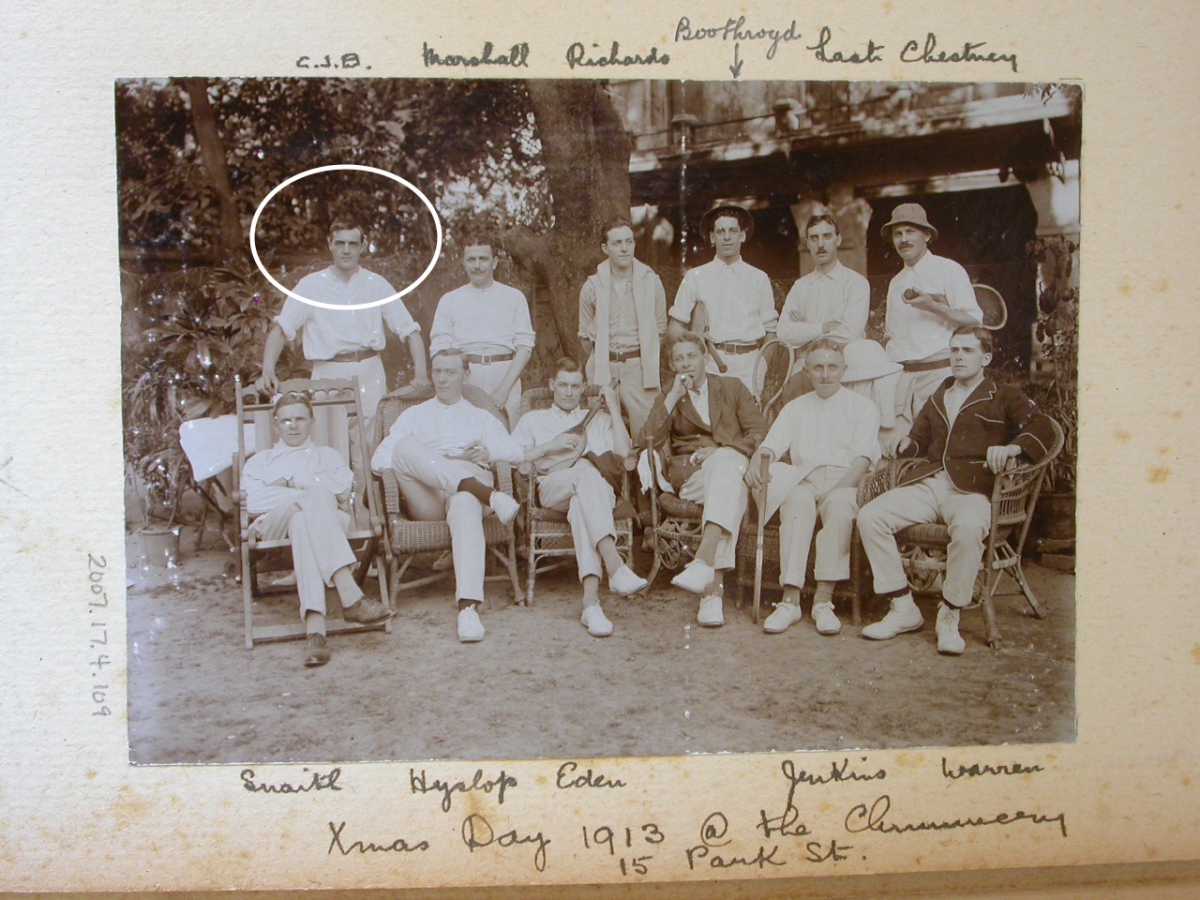
Several of the images in the album are group portraits. From the hand-written captions, I could tell these were individuals associated to the YMCA’s branch in Calcutta, most likely missionaries. The captions also indicated when some of the photos were taken, giving a date range to the album of 1910 to 1920.
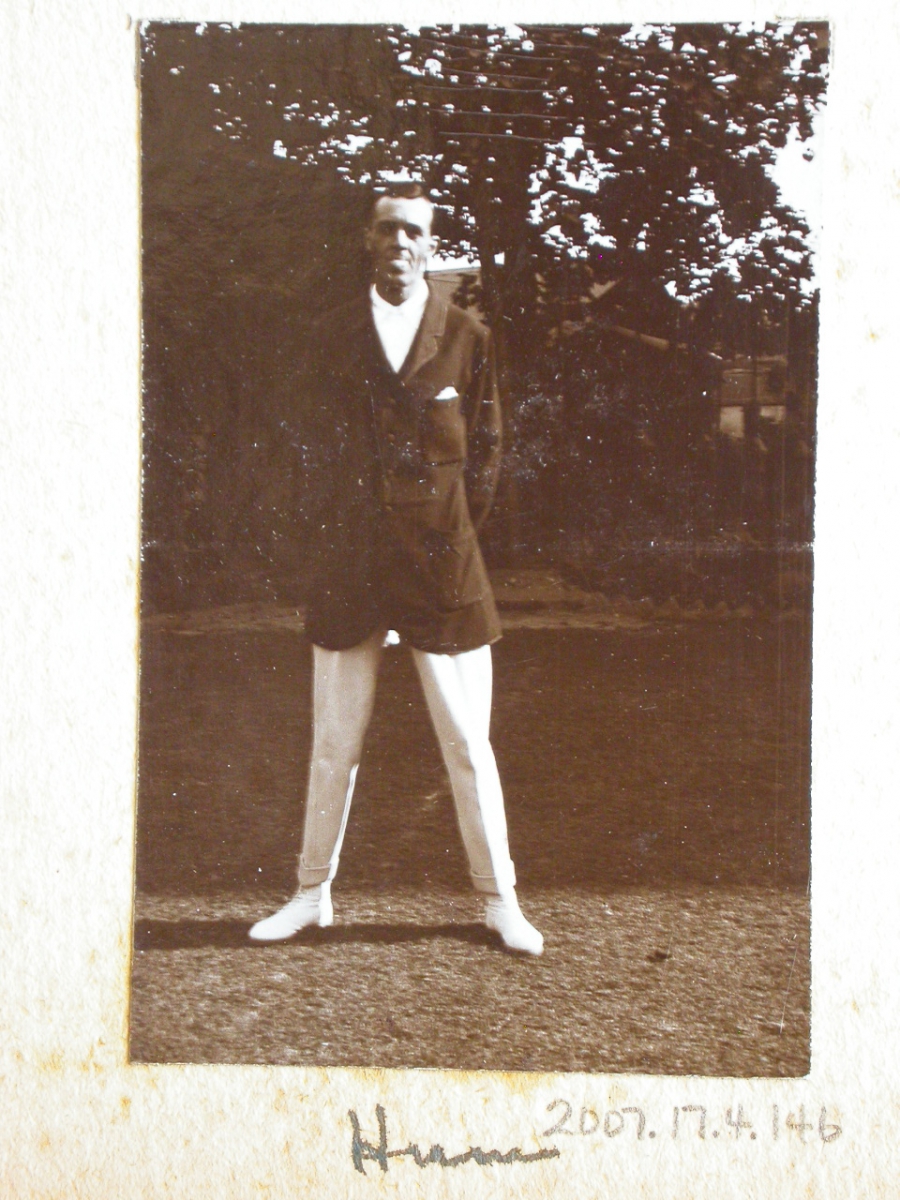
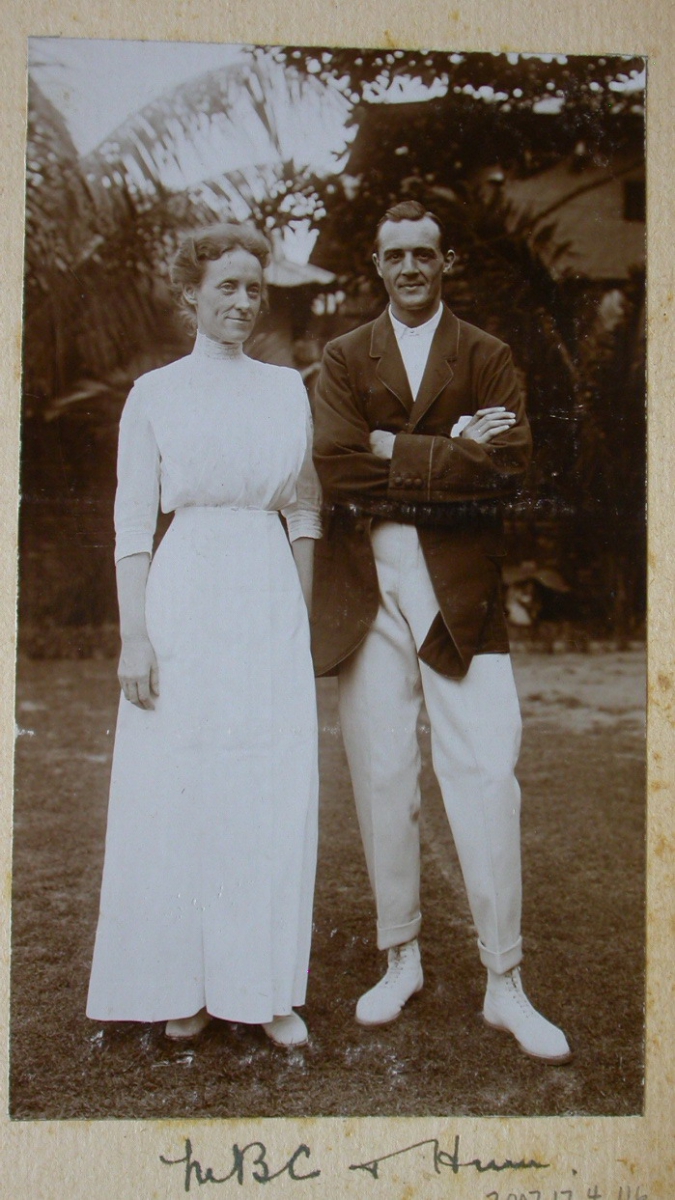
But there were a few photos that really stood out and served as clues to identify the album’s original owner. In particular, one gentleman kept appearing in various photos as “C.J.B.” In group photos, even when others were named, he was referred to by his initials only, suggesting an intimate connection between the album and this individual. In several individual photos of the same man, the caption “hum” is written below the image. This caught my attention because “hum” is the Hindi first-person plural, which roughly translates as “we” or in this context an honorific way of saying “me”. The use of this word signaled to me that I was looking here at the person who put together the album. And he was presumably the main audience for the album, so there would have been no need for him to write out his initials, or indeed to write his name at all; “me” was enough.
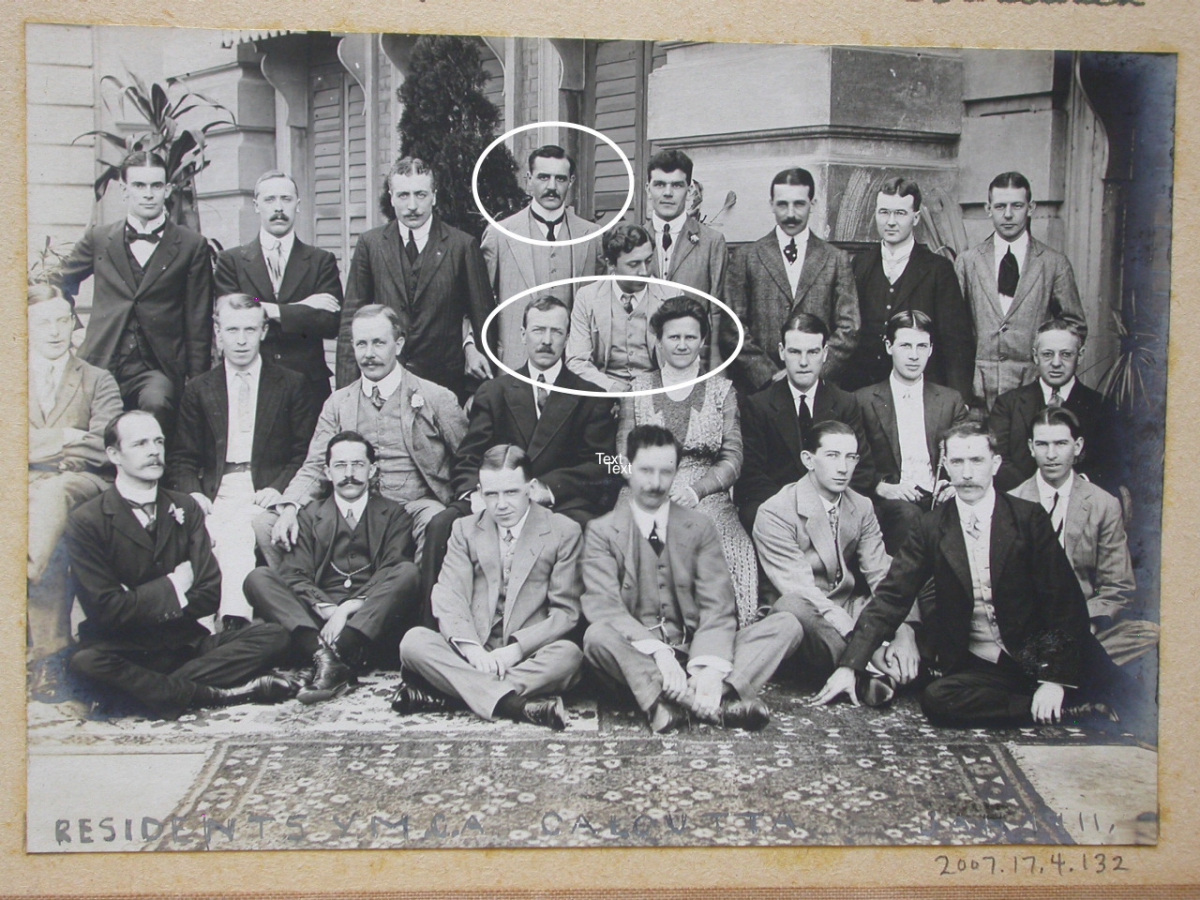
The next big clue was in the smallest detail of one photo captioned, Residents Y.M.C.A. Calcutta Jan 1911. The image, reminiscent of an official class portrait of the period, was organized with the most important people seated in the center, with "C.J.B." standing towards the center of the back row. Its format indicated that it was likely taken to mark an important occasion. After discovering that the YMCA India archives was located at the University of Minnesota library, I worked with Minneapolis-based researcher Emily Rohan who uncovered the exact same photo there. And yet, unlike the ROM’s photo, the YMCA archive photo was not pasted into an album, and thus we could read the writing on the back! It told me that the couple seated in the middle of the image were two influential YMCA officials, Mr. and Mrs. William Jessop. Emily then discovered an autograph book once owned by the Jessops.
In that book, there was one signature that matched the initials of our mystery missionary: “C.J.B” was “Cyril J. Brown.”

Through the YMCA archive, I learned that he was a member of the management committee of the Calcutta Y.M.C.A. from 1915-1926. With further research, I also found out that he was the son of Reverend James Brown, a well-known missionary in the early 20th century.
While there is more to be known about C.J.B. (What was his personality? How long did he live in India? Are there descendants that survive?), at least there is one family photo album that is no longer orphaned. Other orphaned family albums have yet to be reunited with their histories. In many ways, this research project is a reminder that context is inextricably linked to content and that, far too often, orphaned family albums run the risk of being decontextualized, because their personal history is unknown. This is not to say that family albums are only meaningful if their personal history is known. Instead, if family albums are understood as social artifacts, rather than simply images, perhaps their vulnerability towards dehistoricization and aestheticization can be overcome.
* Thanks to ROM Senior Curator Dr. Deepali Dewan, Dr. Catherine Asher, Emily Rohan, and staff at the YMCA India Archive, University of Minnesota Libraries.
This blog is part of an ongoing series that reflects on the nature and meaning of family photos. It is related to The Family Camera Network project, a community archive project to collect and preserve family photographs with their stories. #ROMfamcam



